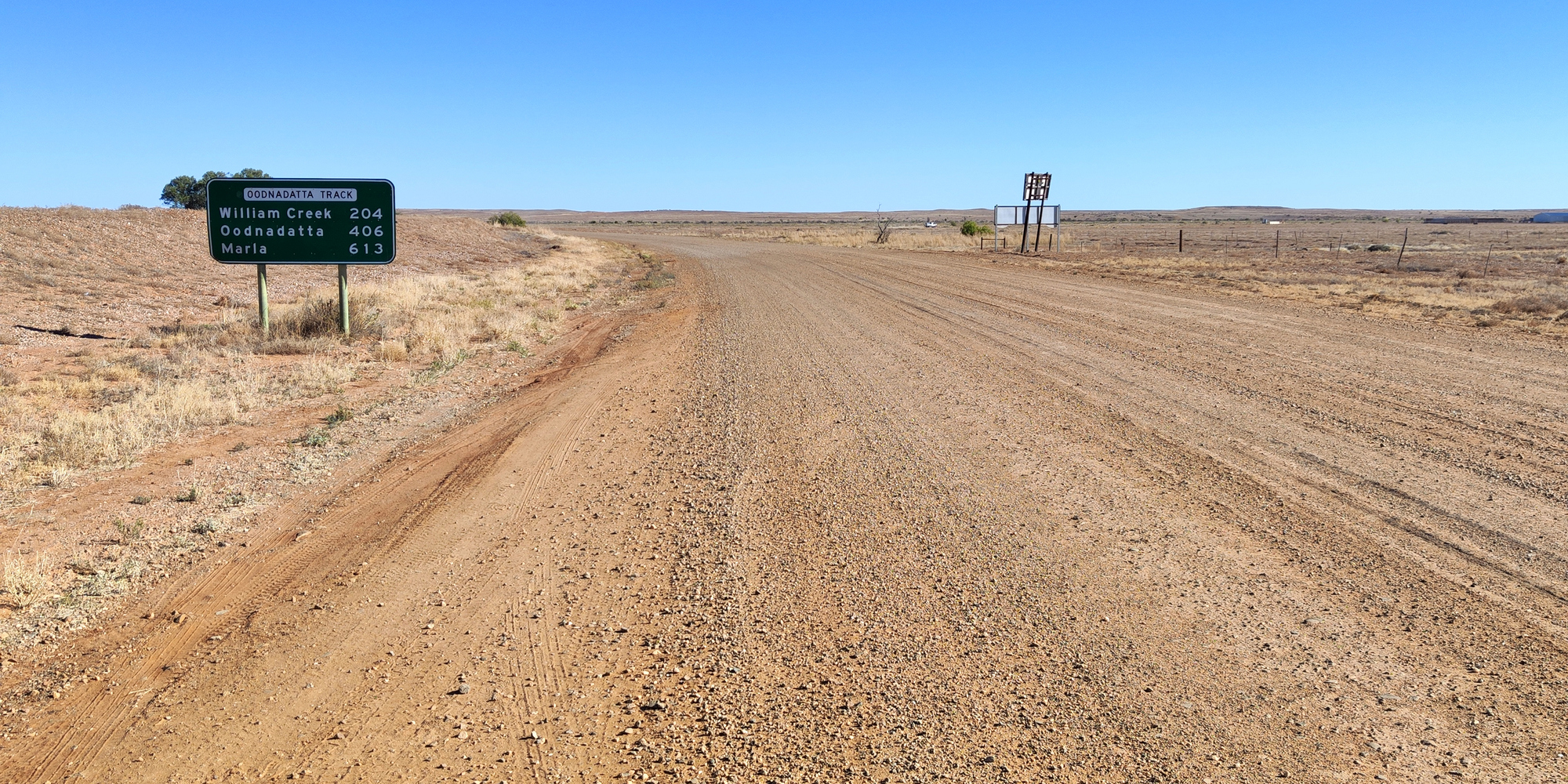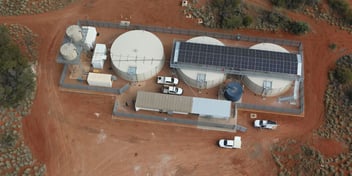Early engagement delivers benefits for remote water provision

Ozwater’25 Principal Sponsor John Holland uncovered unexpected benefits while delivering drinking water to remote communities, proving how early engagement can protect cultural heritage, cut costs and foster strong relationships.
Set to present at Ozwater’25, John Holland Project Manager Damien Walsh will be discussing how the Regional Desalination Plant Project delivered safe drinking water to communities while preserving cultural heritage and minimising environmental impact.
Collaboration with Yankunytjatjara Native Title Aboriginal Corporation ahead of the project led to cultural heritage training, real-time monitoring and route adjustments to planned works, protecting 100 mature Mulga trees and sacred claypan sites.
Walsh said the John Holland and Guidera O’Connor Joint Venture desalination project was centred around three remote communities – Marla, Marree and Oodnadatta – with the project consultation, planning and implementation leading to valuable learnings and insights.
“These three very remote and small communities out in the direction of Coober Pedy, heading towards the Northern Territory. It’s a very intense climate that experiences long periods of dry weather,” he said.
“The reason we went ahead and developed the idea of a reverse osmosis desalination plant was purely because the local community had been dependent on delivery of potable drinking water.
"Those communities haven’t had a tapped supply of potable water, which is madness really. If you’re relying on delivery by tankers or container water to meet basic human needs, it’s not really a good enough solution.”
Walsh said the water is sourced from the salt flats, so it’s naturally very saline: “The desalination plants treat it, make it potable, and then feeds it into the community”.
Cultural heritage
While desalination was the clear solution given the dry, salt plain geography, Walsh said consultation with the communities revealed many important sites and trees that needed to be taken into consideration when designing the new facilities.
“With most remote projects, there are environmental and cultural concerns that need to be addressed, no matter where the work is located. Normally, we engage with local authorities to identify any areas of cultural significance or native title issues,” he said.
"In this project, we began early consultation with the Yankunytjatjara Native Title Aboriginal Corporation. We cut out a lot of formal correspondence and engaged with them early in our planning.
"We were able to take their feedback and implement it into our design journey. For instance, they expressed concerns about local trees of significance, so we were able to listen to that and redesigned the location of our pipeline to avoid those trees.”
Walsh said that if early engagement is not achieved with the right people, it can cause major environmental and cultural problems and ultimately delay a project.
“We relied on their advice and their concerns, and they became important stakeholders in the design and development process. That was beneficial for everyone, it saved time and incorporated their needs,” he said.
“One-on-one engagement really is very valuable. Everyone gets more of an education and understanding about why these sites are important. There was a very precious area related to local men’s and women’s business, which was identified through consultation.
“It’s basic manners. When we are going to someone’s home to change the landscape forever, asking if it’s okay is the polite thing to do, to understand what they want and how you can help.”
Benefits of the process
Aside from ensuring appropriate care for cultural heritage and community priorities, Walsh said the approach actually also ended up saving money, which was an added benefit that was not expected.
"We were able to reduce the amount of clearing required based on our consultation with the communities and also redesign the pipeline to bypass sensitive areas,” he said.
"We found that consultation process actually identified savings, savings that wouldn’t have been identified if we didn’t have that consultation in the first place. We were able to identify better solutions by involving more stakeholders.
“Normally, we associate cultural heritage consideration with increased costs. But this helped dispel the myth. As well as the cultural and environmental benefits, we also saw financial benefits.
“That’s just one of the key learnings from all of this: earlier stakeholder involvement with the right people provides more than just environmental benefits. It has financial and program benefits too. It was a win-win, really.”
Another great benefit of early consultation was the strength of the relationships that were built with the community, Walsh said, which is not to be underestimated when working in such remote locations.
"We developed good, positive relationships. This meant that those relationships were already established when we started construction. The community knew who to talk to, we knew who to talk to, and we leaned on each other for support,” he said.
"And in remote areas like these with challenging weather conditions, we always need to lean on each other for support. And that definitely played out across these three communities.
“We also identified local employment opportunities. From a construction perspective, we leaned heavily on modularising a lot of our materials and plant components and then trucking them to site.
“We also worked with SA Water to change the specifications around material supply, so we could use local materials from nearby quarries instead of importing them from 300 or 400 kilometres away.”
Community minded
Walsh said relationship building on works involving cultural heritage sites is absolutely crucial, but, in this instance, it also made the experience a lot more enjoyable for everyone involved.
"We had regular cricket matches, and we did some mental health awareness work, as well. We painted local trees blue to raise awareness for mental health issues,” he said.
"No one likes a company or organisation coming in and affecting their way of life without talking to them first and figuring out what their concerns and drivers are.
“Whether it’s a road or a bridge or a desal plant, it’s the same. No matter what neighbourhood or community, it’s good manners for developers, builders or the government to consult and ask for feedback.”
Interested in learning more about why early engagement is crucial when it comes to working with remote communities? Register for Ozwater’25 and join us for Australia’s premier water conference and exhibition.

